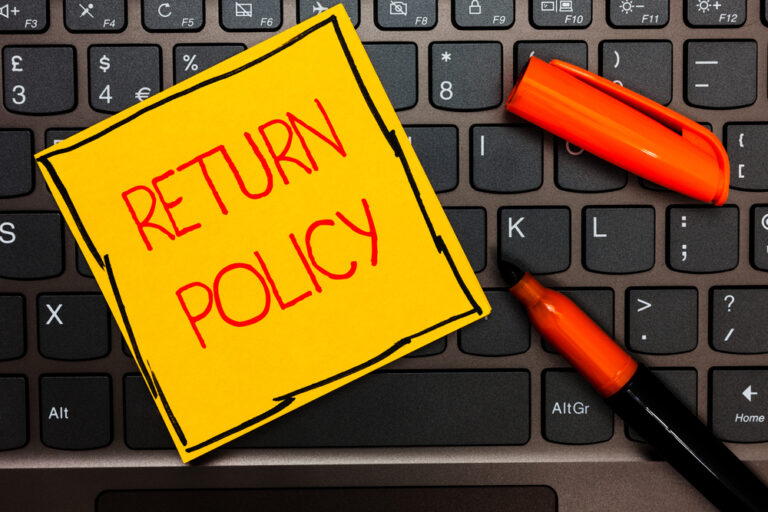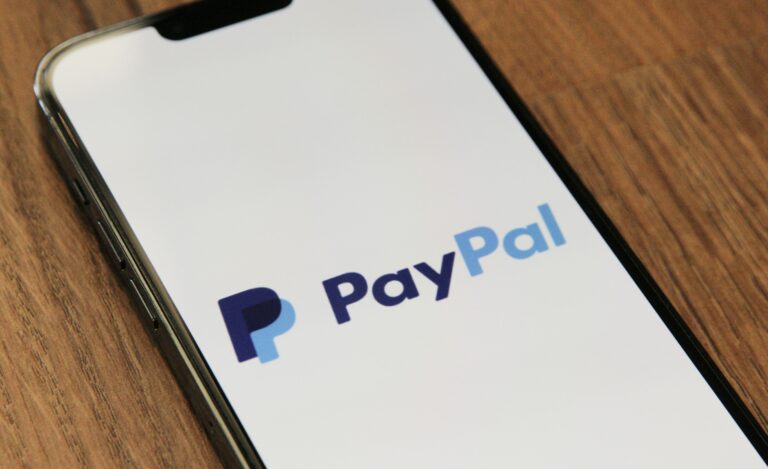Chargebacks cost merchants far more than the disputed transaction value. For every dollar lost to fraud, businesses incur up to $4.61 in total costs, with some reports showing merchants losing 3.4 times the original transaction amount when all expenses are calculated. Understanding these comprehensive costs helps merchants develop effective strategies to minimize their financial impact.
Direct Costs Hit Immediately
Transaction Reversal and Fees
When a chargeback occurs, merchants face immediate financial losses that extend beyond the original sale amount. Chargeback fees typically range from $15 to $100 per incident, depending on the payment processor and merchant risk profile.
High-risk merchants in industries like electronics or luxury goods often face steeper charges, while some processors like Square charge nothing for chargebacks, and PayPal charges $20 per case.
Payment processors charge these fees to cover administrative costs of managing the dispute process. These fees remain non-refundable even when merchants successfully contest chargebacks and recover the original transaction amount. Additional processing fees and administrative costs compound the direct financial impact.
Real-World Example: The $150 Designer Handbag
Consider a merchant selling designer handbags who faces a disputed $150 transaction. The customer claims the charge was unauthorized, and despite security measures, the bank sides with the customer. The direct costs break down as follows:
- Transaction amount reversal: $150
- Chargeback fee from the bank: $25
- Dispute fee if challenging the chargeback: $15
- Total direct costs: $190
This example shows how direct costs alone exceed the original transaction value by 27%.
REDUCE CHARGEBACKS, INCREASE CONVERSIONS
Indirect Costs Create Long-Term Impact
Labor and Operational Expenses
Managing chargebacks requires significant human resources that many merchants underestimate. Research shows it takes most in-house teams at least 40 minutes to create and submit a chargeback response. At an hourly rate of $20, this equals $13.33 in labor costs per dispute, making it financially unviable to fight chargebacks smaller than this amount.
More comprehensive dispute management can consume 30-60 minutes per case when including evidence gathering, documentation preparation, and follow-up communications. For the handbag example, five hours of employee time at $20 per hour adds $100 in operational costs, bringing the total impact to $290 for a $150 transaction.
Increased Processing Rates and Risk Classification
Merchants with high chargeback ratios face elevated processing rates as banks and payment networks classify them as higher-risk operations. This reclassification drives up costs across all transactions, not just disputed ones. Financial institutions process each dispute at a cost of $9.08 to $10.32 on average, which influences their fee structures.
Revenue Recognition and Cash Flow Disruption
Chargebacks create cash flow disruption through holds on funds and delayed recoveries that impact working capital availability. These delays complicate forecasting and budgeting while raising questions about revenue recognition for disputed transactions. When a chargeback is issued, businesses need to determine whether valid commercial relationships still exist with customers.
The Cost of Fighting Chargebacks
Winning a Dispute Case
When merchants successfully contest chargebacks through the representment process, they typically recover the original transaction amount but not the associated fees. Current data shows merchants achieve win rates of 20-30% overall, though 77% of merchants with proper preparation achieve success rates of 30% or higher. The average net recovery rate stands at approximately 20% of what is disputed.
Winning a chargeback dispute involves these costs:
- Labor time for evidence gathering and submission: $13-40 per case
- Chargeback fees: $15-100 (non-refundable even when winning)
- Administrative overhead for documentation and follow-up
- Net result: Recovery of transaction amount minus all fees and labor costs
Losing a Dispute Case
The financial impact of losing a chargeback dispute compounds significantly. Merchants face the complete loss of the transaction amount plus all associated fees and labor costs. The 2024 Chargeback Field Report reveals that merchants only win 18% of cases when appealing chargebacks, despite up to 75% of all chargebacks being reported as illegitimate.
Losing a chargeback dispute results in:
- Complete loss of transaction amount
- Non-refundable chargeback fees: $15-100
- Labor costs for unsuccessful dispute efforts: $13-40
- Potential second-cycle dispute costs if the case escalates
- Total impact: Often 2.5-4.6 times the original transaction value
Industry-Specific Cost Variations
High-Risk Industries Face Greater Expenses
Different industries experience varying chargeback costs based on their risk profiles. Travel and hospitality shows the highest average chargeback value at $120, while the U.S. has the highest average chargeback value globally at $110. High-risk industries including gambling, financial services, and subscription billing face the most frequent disputes.
Subscription billing creates particular challenges, with 27.1% of merchants identifying recurring charges as a primary chargeback risk factor. Many consumers forget about recurring charges, leading to disputes for legitimate transactions that merchants must then invest resources to defend.
Geographic and Volume Considerations
Chargeback volumes vary significantly by region and business size. Enterprise-level merchants fight a smaller percentage of their chargeback cases, often focusing on high-value claims where the cost-benefit analysis justifies the investment. North America leads in total chargeback value, with amounts forecasted to reach $20.47 billion by 2028.
Prevention vs. Management Costs
The Economics of Prevention
Preventing chargebacks proves more cost-effective than managing them after they occur. Merchants can avoid expensive chargeback management services that often cost thousands monthly by implementing effective prevention strategies. Real-time alerts, clearer transaction data sharing with cardholders, and improved subscription management reduce dispute rates more economically than post-dispute resolution efforts.
Automation and Technology Investment
Manual chargeback management creates hidden taxes on business growth through inefficient resource allocation. Investing in automated dispute management systems and compelling evidence gathering tools improves win rates while reducing labor costs. Some specialized providers achieve win rates up to 85% through optimized processes and technology integration.
Cost-Benefit Analysis Framework
Business owners should establish clear thresholds for fighting chargebacks based on comprehensive cost analysis. When labor costs exceed $13.33 and chargeback fees add $15-100, disputing transactions below $30-150 often produces negative returns on investment. This framework helps prioritize resources on winnable cases with favorable cost-benefit ratios.
Long-Term Financial Planning
Understanding the full cost of chargebacks enables better financial planning and risk management strategies. With global chargeback volume expected to grow 24% from 2025 to 2028, reaching 324 million transactions annually, merchants need comprehensive approaches that address both prevention and response.
The true cost of chargebacks extends far beyond transaction amounts, encompassing fees, labor, operational disruption, and opportunity costs that can multiply the financial impact by 3-5 times the original sale value. Merchants who recognize these comprehensive costs can make informed decisions about prevention investments, dispute strategies, and resource allocation that protect their bottom line more effectively.









